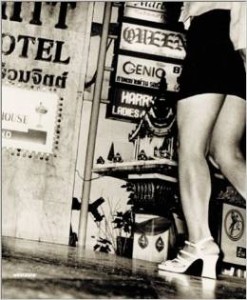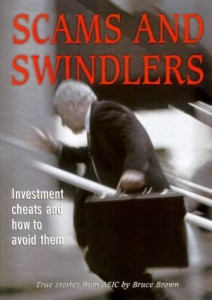 Bruce Brown’s classic Scams and Swindlers: Investment Disasters and How To Avoid Them (1998, ISBN 1-86339-201-7) flies a bit under the radar these days, but it shouldn’t, particularly for those following the increasingly strange Cambodian death saga of Canadian journalist Dave Walker. Before we get to that, here’s why the book is compelling.
Bruce Brown’s classic Scams and Swindlers: Investment Disasters and How To Avoid Them (1998, ISBN 1-86339-201-7) flies a bit under the radar these days, but it shouldn’t, particularly for those following the increasingly strange Cambodian death saga of Canadian journalist Dave Walker. Before we get to that, here’s why the book is compelling.
Author Brown was the Regional Commissioner in the Northern Territory for the Australian Securities and Investments Commission (ASIC) when he wrote this book. The financial scams he describes so eloquently are, as of today, as rampant as ever, as scam artists work day and night to part honest, well-meaning people from their bank accounts and retirement income. Brown provides actual examples from the annals of the Australian court system, detailing the intricacies of each scam, and providing warnings of what to look out for when investing money. We here at WoWasis loved his explanation of the intricacies of the Ponzi scheme and were enamored of his description of how investors are sucked in by scams runs by well-known personalities and New Age philosophies. The cult of personality, as the author cautions, can be a red flag when one is asked to invest.
So what makes it particularly interesting today, some 15 years after the book was written? It’s the chapter on scam artist James Guido Eglitis, who, under his assumed name of James Keuning, was banned for life from dealing in Futures by ASIC, after serving a term of four years in U.S. prisons for similar offenses before being deported.
Somehow, Eglitis has gotten himself involved in the death investigation of Dave Walker, as described in freelance journalist Andrew Drummond’s blog. It makes for interesting reading. As Drummond notes, Eglitis, who appears to be additionally using the pseudonyms of James An and Siu Jia (“Big Tree” in Cambodian), is currently on the run from Australia for fleeing bail in Queensland on charges including kidnapping and impersonating a police officer. And according to Drummond, he’s at it again, passing himself off, among various occupations, as both a U.S. ICE (Immigration and Customs) and an Australian Federal Police officer as well, asking questions regarding Walkers’ disappearance and death. And no one seems sure as to the reason.
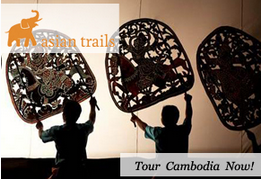 Southeast Asia, Thailand and Cambodia in particular, are magnets for world-class scam artists who, rather than keeping a low profile, seem to revel in the joys of bribing police and running various and sundry financially successful businesses, which often include adult entertainment operations. But that’s another book. We can’t wait for it to be written, especially if the author lives long enough to see it published.
Southeast Asia, Thailand and Cambodia in particular, are magnets for world-class scam artists who, rather than keeping a low profile, seem to revel in the joys of bribing police and running various and sundry financially successful businesses, which often include adult entertainment operations. But that’s another book. We can’t wait for it to be written, especially if the author lives long enough to see it published.
For today’s readers, Scams and Swindlers has particular interest for those interested in some of the more nefarious characters in the Southeast Asian expat community. But all readers with the financial wherewithal to become involved in investing money will love this book. Bruce Brown doesn’t pull any punches and makes it understandable enough that there’s plenty for the lay reader to digest and strongly consider prior to giving away the family fortune.
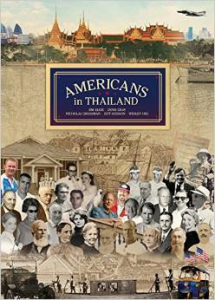
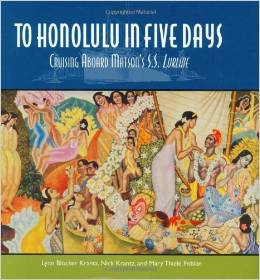 Not many of us could have afforded to steam from the west coast of the United States to Hawaii aboard the S.S. Lurline, Matson Lines’ luxurious floating palace. Nor on her sister ships the Matsonia, Mariposa, Malolo, or Monterey, either. By 1970, it was all a moot point anyway, as comparatively inexpensive air travel killed Matson’s Hawaiian passenger business. And in similar fashion to the outcome of
Not many of us could have afforded to steam from the west coast of the United States to Hawaii aboard the S.S. Lurline, Matson Lines’ luxurious floating palace. Nor on her sister ships the Matsonia, Mariposa, Malolo, or Monterey, either. By 1970, it was all a moot point anyway, as comparatively inexpensive air travel killed Matson’s Hawaiian passenger business. And in similar fashion to the outcome of 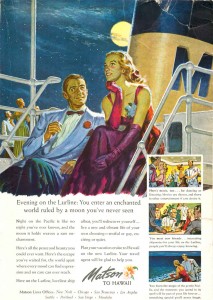 We what here at
We what here at 
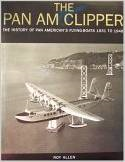 We here at
We here at 
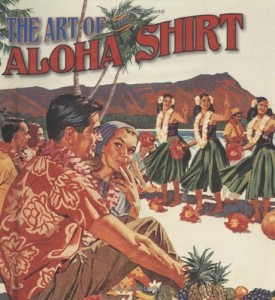
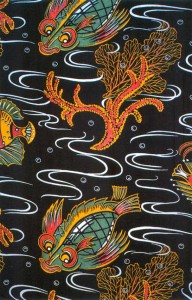
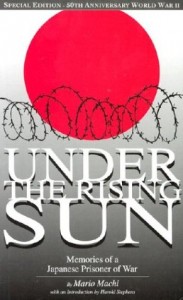
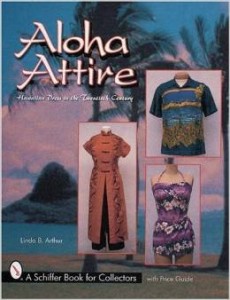
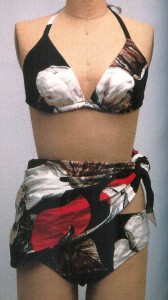


 Thailand, and Bangkok in particular, isn’t always an easy place for the working press. The latest to depart the Land of Smiles is noted documentary still photographer Nick Nostitz, who was recently roughed up by thugs associated with the PDRC (
Thailand, and Bangkok in particular, isn’t always an easy place for the working press. The latest to depart the Land of Smiles is noted documentary still photographer Nick Nostitz, who was recently roughed up by thugs associated with the PDRC (